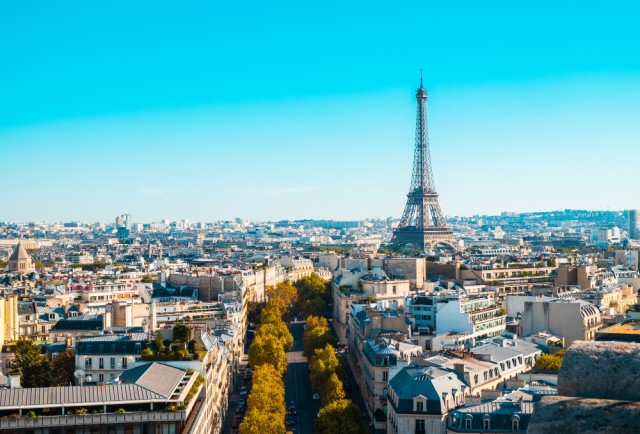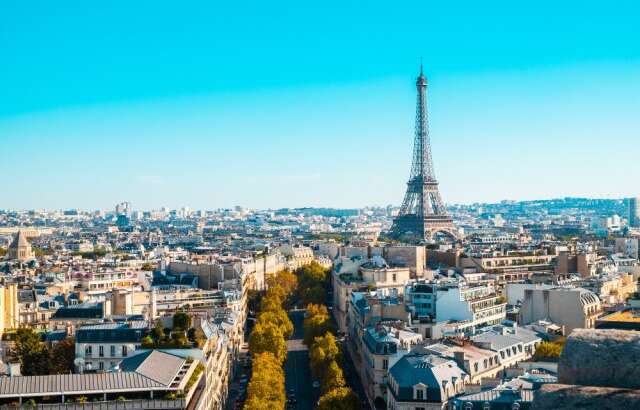Paris — the “City of Light” — captures the world’s imagination with its romance, culture, art, and architecture. Whether you’re sipping espresso at a café in Montmartre, admiring the Eiffel Tower glittering at night, or exploring the Louvre’s timeless treasures, Paris offers something magical at every corner. But to experience the true essence of the city, knowing where to stay, when to visit, and how to plan your time makes all the difference.
Here’s your complete travel guide to the best places to stay in Paris, along with ideal visiting times, local tips, and timing details to help you plan a seamless Parisian adventure.
Best Places to Stay in Paris
Paris is divided into 20 arrondissements (districts), spiraling outward from the city center. Each neighborhood has its own character, charm, and experience to offer.
1. Le Marais (4th Arrondissement) – Historic and Trendy
If you want to stay in the heart of old Paris, Le Marais is a top choice. Once home to aristocrats, it now buzzes with art galleries, vintage shops, and bistros. The cobbled streets, historic mansions, and proximity to the Seine make it perfect for first-time visitors.
Highlights: Place des Vosges, Picasso Museum, Notre-Dame, and trendy cafés.
Ideal For: Couples, art lovers, and culture enthusiasts.
Average Price: €180–€300 per night for mid-range hotels.
2. Saint-Germain-des-Prés (6th Arrondissement) – Classic Parisian Charm
Known for its intellectual and literary legacy, Saint-Germain-des-Prés has been home to legends like Sartre and Hemingway. You’ll find stylish boutiques, art galleries, and cozy cafés like Café de Flore.
Highlights: Luxembourg Gardens, Seine River walks, and antique shops.
Ideal For: Romantic stays and literary enthusiasts.
Average Price: €200–€350 per night.
3. Latin Quarter (5th Arrondissement) – Youthful and Lively
Located near the Sorbonne University, this area is vibrant, affordable, and full of life. With winding lanes, bookshops like Shakespeare and Company, and budget-friendly eateries, it’s great for younger travelers.
Highlights: Panthéon, Cluny Museum, and the Seine banks.
Ideal For: Students, solo travelers, and backpackers.
Average Price: €120–€200 per night.
4. Montmartre (18th Arrondissement) – Bohemian and Artistic
Perched on a hill in northern Paris, Montmartre was the home of Picasso and Van Gogh. Today, it retains its artistic soul with studios, cabarets, and the stunning Sacré-Cœur Basilica overlooking the city.
Highlights: Place du Tertre, Moulin Rouge, and panoramic city views.
Ideal For: Artists, photographers, and romantic travelers.
Average Price: €100–€220 per night.
5. Champs-Élysées and the 8th Arrondissement – Luxury and Glamour
If you’re seeking sophistication and proximity to top landmarks, this district is ideal. Stay near the Arc de Triomphe, luxury boutiques, and Michelin-starred restaurants.
Highlights: Avenue Montaigne, Grand Palais, and high-end shopping.
Ideal For: Luxury seekers and business travelers.
Average Price: €250–€600 per night.
6. The Louvre & 1st Arrondissement – Central and Convenient
This is Paris’s geographic and cultural center, home to the Louvre Museum, Palais Royal, and Tuileries Gardens. It’s perfect for sightseeing and offers easy access to metro lines.
Highlights: The Louvre, Seine riverbanks, and chic restaurants.
Ideal For: First-time visitors and families.
Average Price: €220–€400 per night.
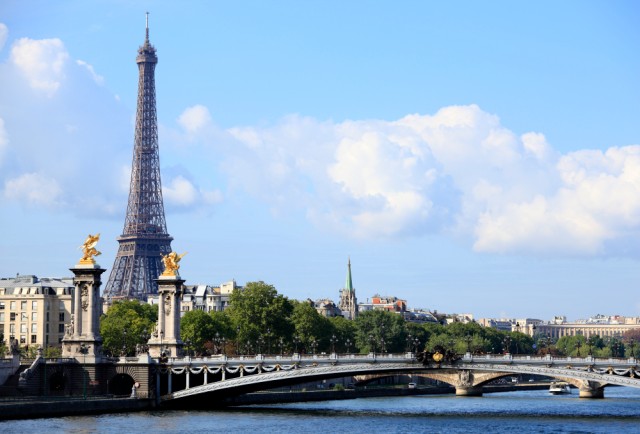
Best Time to Visit Paris
Paris is stunning year-round, but your ideal time depends on the kind of experience you want.
Spring (March to May) – Best Overall
Spring is widely considered the best time to visit Paris. The weather is mild, flowers bloom in the parks, and café terraces come alive. It’s perfect for strolls along the Seine or picnics in the Luxembourg Gardens.
Temperature: 10°C–20°C
Events: Paris Marathon, French Open (Roland Garros)
Summer (June to August) – Vibrant and Festive
Summer is peak tourist season with long daylight hours and vibrant street life. However, it can get crowded and expensive.
Temperature: 18°C–28°C
Events: Bastille Day (July 14), Paris Plages (urban beaches along the Seine)
Autumn (September to November) – Romantic and Peaceful
Fewer crowds and crisp weather make autumn a dream for romantic walks and photography. The city’s golden leaves create a cinematic atmosphere.
Temperature: 10°C–18°C
Events: Nuit Blanche (art night), Wine Harvest Festival in Montmartre
Winter (December to February) – Cozy and Festive
Paris in winter sparkles with Christmas lights and festive markets. Hotel prices are lower except around Christmas and New Year.
Temperature: 2°C–8°C
Events: Christmas markets, Paris Fashion Week (January)
Best Month Overall: May or September – for pleasant weather and fewer crowds.
Best Timings for Sightseeing
- Eiffel Tower: 9:30 AM–11:45 PM (go at sunset for magical views)
- Louvre Museum: 9 AM–6 PM (closed Tuesday; visit early morning to avoid queues)
- Notre-Dame & Sainte-Chapelle: 8 AM–6 PM
- Sacré-Cœur: Open daily from 6 AM–10:30 PM (best views at dusk)
- Seine River Cruise: Operates from 10 AM–10 PM; evening cruises offer stunning city lights.
Tip: Book your tickets online to skip lines at major attractions like the Louvre, Eiffel Tower, and Versailles Palace.
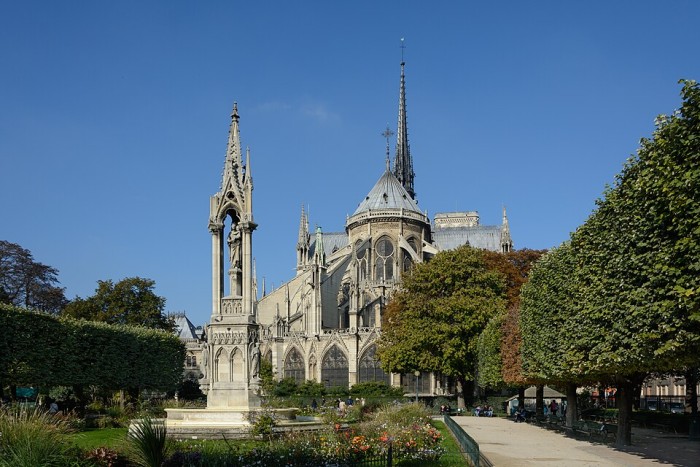
How to Reach Paris, France
Paris is well-connected globally by air, rail, and road, making it one of Europe’s easiest cities to access.
1. By Air – The Easiest and Most Common Way
Paris has three major airports:
- Charles de Gaulle Airport (CDG): The main international airport, located about 25 km northeast of central Paris. It serves most long-haul and European flights.
- Orly Airport (ORY): Situated 13 km south of Paris, it handles domestic and short-haul European routes.
- Beauvais-Tillé Airport (BVA): Around 80 km away, used mainly by low-cost carriers like Ryanair.
2. By Train – Scenic and Convenient
Paris is the hub of France’s high-speed TGV (Train à Grande Vitesse) network, linking it with major European cities:
- From London: Eurostar from St Pancras to Gare du Nord (2 hrs 20 min)
- From Brussels: Thalys train to Gare du Nord (1 hr 30 min)
- From Amsterdam: Thalys or Eurostar (around 3 hrs 20 min)
- From Switzerland: TGV Lyria connects Geneva, Lausanne, and Zurich to Paris.
Most international and regional trains arrive at one of six major stations — Gare du Nord, Gare de Lyon, Gare Montparnasse, Gare de l’Est, Gare Saint-Lazare, or Gare d’Austerlitz.
3. By Road – For European Travelers
If you’re already in Europe, driving or taking a bus to Paris can be scenic and budget-friendly.
- By Car: Highways connect Paris to major European cities like Brussels, Amsterdam, and Geneva. The A1, A4, and A6 motorways lead directly into the city.
- By Bus: Long-distance services like FlixBus, BlaBlaCar Bus, and Eurolines operate from across Europe to Paris Bercy Seine Bus Station.
4. How to Reach Paris by Water
While Paris is inland, it is accessible via the River Seine.
- River cruises and boat tours operate from cities like Rouen or Le Havre.
- Some luxury cruise lines include Paris stops via nearby river ports.
Top Things to Do in Paris
Paris offers countless attractions, but these highlights are must-sees for any traveler.
1. Visit the Eiffel Tower
No trip to Paris is complete without visiting its iconic landmark. Go up to the summit for panoramic views, or enjoy a romantic dinner at Le Jules Verne restaurant on the second floor.
Tip: Visit just before sunset to see both day and night views.
2. Explore the Louvre Museum
Home to over 35,000 works, including the Mona Lisa and Venus de Milo, the Louvre is the world’s largest art museum.
Tip: Book tickets online and enter through the Carrousel du Louvre entrance to avoid long queues.
3. Stroll Along the Seine River
Walk along the Seine or take a river cruise for stunning views of Notre-Dame, Musée d’Orsay, and the Eiffel Tower. Evening cruises with dinner and music offer a magical experience.
4. Discover Montmartre
Climb up to the Sacré-Cœur Basilica for breathtaking views of Paris. Wander through the bohemian streets filled with artists, cafés, and local shops at Place du Tertre.
5. Visit Notre-Dame Cathedral and Île de la Cité
Though under restoration after the 2019 fire, the area remains a must-visit for its Gothic beauty and nearby attractions like Sainte-Chapelle, famous for its stained glass windows.
6. Explore the Palace of Versailles
A short train ride from Paris, the Château de Versailles is a symbol of royal grandeur. Don’t miss the Hall of Mirrors and sprawling gardens.
7. Experience Art and Culture
- Musée d’Orsay: Impressionist masterpieces by Monet, Van Gogh, and Renoir.
- Centre Pompidou: Modern and contemporary art.
- Opera Garnier: For a touch of luxury and architecture.
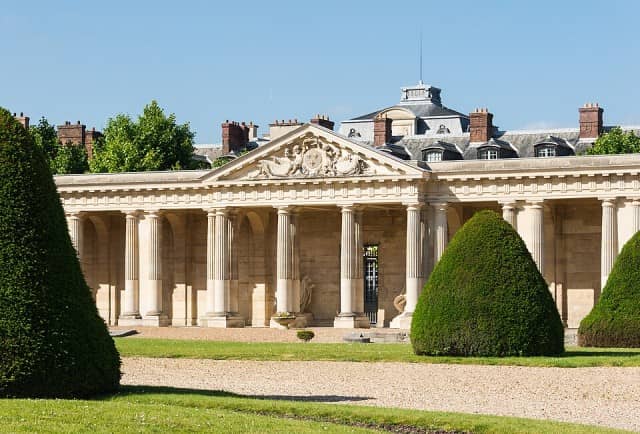
Things Not to Do in Paris
Even seasoned travelers can make mistakes. Avoid these to ensure a smoother trip.
- Don’t Skip Basic French Greetings: A simple Bonjour or Merci shows respect and politeness.
- Don’t Rely Only on Taxis: The Metro is faster and much cheaper.
- Avoid Eating Near Major Landmarks: Restaurants around the Eiffel Tower and Louvre are overpriced and often lower quality.
- Don’t Forget Museum Closures: Some museums, like the Louvre (closed Tuesday), aren’t open daily.
- Avoid Overpacking Your Itinerary: Paris is best enjoyed slowly—linger in cafés, people-watch, and savor the atmosphere.
- Don’t Assume All Places Accept Cards: Keep some cash (€10–€20) handy for small cafés and metro tickets.
Things Not to Forget Before Going
To make your trip stress-free, keep these essentials in mind before flying to Paris.
- Valid Passport and Visa:
- Schengen Visa is required for many non-EU travelers.
- Ensure your passport is valid for at least six months beyond your travel dates.
- Travel Insurance:
Covers medical emergencies, theft, and cancellations — a must for international travel. - Power Adapter:
France uses Type C and E plugs (230V), so carry a universal adapter. - Currency:
The currency is Euro (€). Withdraw small amounts from ATMs instead of exchanging large sums at airports. - Comfortable Shoes:
You’ll walk a lot — cobblestone streets can be tough on your feet. - Copies of Important Documents:
Keep photocopies or digital copies of your passport, visa, and bookings. - Book Museum and Attraction Tickets in Advance:
Skip-the-line tickets save hours during peak season. - Download Useful Apps:
- Google Maps / Citymapper: For metro and walking routes.
- Bonjour RATP: Public transport info.
- The Fork: For restaurant reservations.
- Check Weather Before Packing:
Paris weather changes quickly — carry an umbrella and light jacket year-round. - Emergency Numbers:
- General Emergency: 112
- Police: 17
- Medical Assistance: 15
Why is Paris called the City of Love?
Paris is called the City of Love because of its romantic atmosphere, charming architecture, candlelit cafés, and scenic spots like the Eiffel Tower and the Seine River. The city inspires love through its art, poetry, and timeless beauty.
Why do couples go to Paris?
Couples visit Paris to celebrate romance — from romantic walks along the Seine to dinners with Eiffel Tower views. It’s a popular destination for honeymoons, proposals, and anniversaries due to its elegant ambiance, art, and fine dining.
What is the cheapest month to go to Paris?
The cheapest months to visit Paris are January and February. Airfares and hotel prices are lowest during winter, and crowds are fewer, allowing you to enjoy major attractions more peacefully.
What is the most expensive month to go to Paris?
The most expensive months are June to August, during the summer tourist season. Prices for flights, hotels, and attractions rise significantly, and popular areas are often crowded with visitors.
Final Thoughts
Paris is a city that rewards curiosity — it’s not just about the Eiffel Tower or Louvre but the small, quiet moments: sipping coffee by the Seine, getting lost in Montmartre’s alleys, or chatting with locals at a bakery. Plan smartly, avoid common mistakes, and prepare well — and Paris will unfold before you like a dream.
As the Parisians say, “Paris n’est pas une ville, c’est un monde” — Paris isn’t a city, it’s a world of its own.

